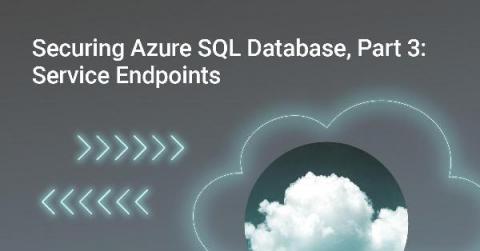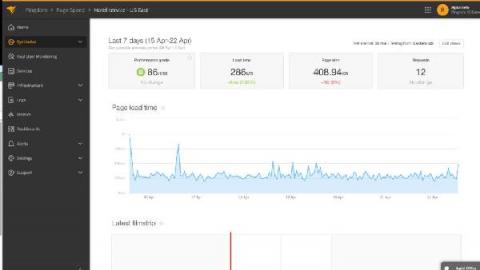Securing Azure SQL Database, Part 3: Service Endpoints
In previous installments of my “Securing Azure SQL Database” series, I covered Azure SQL Database firewall rules and private endpoints—the first of which is a way to help reduce the public exposure of your database endpoint and the second being a means to remove all public access if necessary. Each option has unique benefits, and some scenarios might call for a mix of the two options.










